Home>Maintenance & Safety>Child & Elderly Safety at Home>What To Look For In A Baby Monitor


Child & Elderly Safety at Home
What To Look For In A Baby Monitor
Published: January 9, 2024
Ensure child and elderly safety at home with the right baby monitor. Discover key features and factors to consider when choosing a baby monitor for optimal security and peace of mind.
(Many of the links in this article redirect to a specific reviewed product. Your purchase of these products through affiliate links helps to generate commission for Storables.com, at no extra cost. Learn more)
Introduction
Welcoming a new member into the family is an extraordinary and joyous occasion. As parents, the safety and well-being of our little ones are paramount, especially in their early years. One of the most essential tools for ensuring your baby's safety and your peace of mind is a reliable baby monitor.
A baby monitor serves as a guardian angel, allowing you to keep an attentive ear and eye on your baby, even when you are in another room. With the multitude of options available in today's market, choosing the right baby monitor can seem like a daunting task. However, with a clear understanding of the key features to look for, you can confidently select a monitor that meets your specific needs and provides the best possible protection for your little one.
In this comprehensive guide, we will explore the essential factors to consider when choosing a baby monitor. From video and audio capabilities to range, battery life, night vision, two-way communication, temperature monitoring, security, and additional features, we will delve into each aspect to empower you with the knowledge needed to make an informed decision. Let's embark on this journey to discover the perfect baby monitor for your family's safety and peace of mind.
Key Takeaways:
- Choose a baby monitor based on your needs – audio for simplicity, video for visual reassurance. Consider range, battery life, night vision, and security for peace of mind.
- Look for a baby monitor with features like two-way communication, temperature monitoring, and additional capabilities to enhance caregiving and create a secure environment for your baby.
Read more: What Is The Best Baby Monitor To Get
Video vs Audio Baby Monitors
When considering a baby monitor, one of the primary decisions you’ll face is whether to opt for a video or audio-only monitor. Both options have their distinct advantages, and the choice ultimately depends on your specific preferences and needs.
Audio Baby Monitors:
- Audio monitors are designed to transmit sound only, allowing you to hear your baby’s coos, cries, and movements from another room.
- They are typically more affordable than video monitors and consume less power, making them an economical and energy-efficient choice.
- For parents who are primarily concerned with monitoring their baby’s sounds and vocalizations, an audio monitor can be a practical and reliable option.
Video Baby Monitors:
- Video monitors provide the added benefit of visual monitoring, allowing you to see your baby in real time.
- They offer a sense of reassurance by enabling you to observe your baby’s sleeping position, movements, and overall well-being without physically entering the nursery.
- Many video monitors feature high-definition cameras, night vision, and pan-and-tilt capabilities, providing comprehensive visibility and control.
- For parents who desire visual confirmation of their baby’s safety and want the ability to check on their little one’s activities at a glance, a video monitor can offer invaluable peace of mind.
Ultimately, the decision between an audio and video monitor hinges on your individual preferences, budget, and the level of monitoring you desire. While audio monitors excel in simplicity and cost-effectiveness, video monitors provide an added layer of visual surveillance, which can be particularly comforting for parents. By carefully evaluating your needs and considering the features of each type, you can select the monitor that aligns perfectly with your family’s safety and monitoring requirements.
Range and Signal
When choosing a baby monitor, it’s crucial to assess the range and signal capabilities to ensure consistent and reliable monitoring throughout your home. The range refers to the maximum distance over which the monitor can transmit audio or video signals from the baby’s unit to the parent unit. Here are key considerations for evaluating the range and signal strength of a baby monitor:
Effective Coverage Area:
Understanding the layout and size of your home is essential for determining the required range of the baby monitor. If you live in a larger residence or plan to use the monitor in outdoor spaces, such as a backyard or front yard, opting for a monitor with an extended range is advisable to maintain continuous connectivity.
Signal Interference:
Interference from other electronic devices, such as cordless phones, Wi-Fi routers, and microwaves, can disrupt the signal transmission of a baby monitor. Look for monitors equipped with DECT (Digital Enhanced Cordless Telecommunications) or FHSS (Frequency Hopping Spread Spectrum) technology, which minimize interference and ensure a clear, secure signal.
Obstructions and Walls:
Consider the construction of your home and the potential obstructions, such as walls and floors, that could impede signal transmission. Monitors with enhanced signal penetration capabilities are ideal for homes with multiple walls or thicker construction materials, allowing for seamless monitoring regardless of structural barriers.
Out-of-Range Alerts:
Many modern baby monitors feature out-of-range alerts, notifying parents when the monitor units are approaching the limits of their effective range. This feature is valuable for preventing signal loss and ensuring continuous monitoring without unexpected interruptions.
By carefully evaluating the range and signal characteristics of a baby monitor, you can select a model that provides reliable coverage and seamless connectivity, offering peace of mind as you move throughout your home while staying connected to your baby’s activities and well-being.
Battery Life and Power Source
When assessing a baby monitor, the battery life and power source are paramount considerations that directly impact the monitor’s reliability and convenience. Understanding the available power options and the duration for which the monitor can operate on battery power is crucial for seamless monitoring. Here are key factors to consider:
Battery Life:
Opt for a baby monitor with extended battery life, especially if you anticipate prolonged monitoring periods or frequent use of the monitor on battery power. Monitors with long-lasting rechargeable batteries or energy-efficient power management systems offer enhanced convenience and uninterrupted monitoring, reducing the need for frequent recharging or battery replacements.
Power Source Options:
Assess the available power source options for the baby monitor. While many monitors are designed for direct AC power connection, the flexibility of battery-powered operation is invaluable, particularly in situations where a power outlet may not be readily accessible or during travel. Models with dual power sources, accommodating both AC and battery operation, provide versatile monitoring solutions for various scenarios.
Rechargeable Batteries:
Monitors equipped with rechargeable batteries offer cost-effective and eco-friendly solutions, eliminating the ongoing expense and environmental impact of disposable batteries. Additionally, monitors with convenient USB or docking station charging facilitate effortless recharging, ensuring the monitor is consistently ready for use.
Low-Battery Alerts:
Look for monitors featuring low-battery alerts to notify you when the battery is running low, enabling timely recharging or power source transition to maintain uninterrupted monitoring. This proactive notification system prevents unexpected power depletion and ensures continuous surveillance of your baby.
By prioritizing battery life and power source versatility, you can select a baby monitor that aligns with your lifestyle and monitoring needs, providing reliable and convenient operation while safeguarding your baby’s safety and well-being.
Night Vision
Ensuring clear and reliable monitoring during nighttime or low-light conditions is essential for comprehensive baby surveillance. Night vision capabilities enable parents to observe their baby’s activities and well-being in the dark without disturbing their peaceful slumber. When evaluating a baby monitor’s night vision features, consider the following factors:
Infrared Technology:
Many modern baby monitors are equipped with advanced infrared technology, which illuminates the nursery with invisible infrared light, allowing the camera to capture clear black-and-white images even in complete darkness. This ensures that you can monitor your baby without the need for disruptive bright lights that may disturb their sleep.
Automatic Activation:
Look for monitors with automatic night vision activation, ensuring seamless transition between daytime and nighttime monitoring without manual adjustments. This feature provides continuous surveillance, regardless of the ambient light conditions, and eliminates the need for frequent user intervention.
Range and Clarity:
Evaluate the range and clarity of the night vision function, ensuring that the monitor offers comprehensive coverage of the nursery or sleeping area. Monitors with extended night vision range and high-definition imaging deliver detailed and expansive visibility, allowing you to monitor your baby’s movements and well-being with precision.
Adjustable Brightness:
Some monitors feature adjustable brightness settings for night vision, allowing you to customize the level of illumination based on your preferences and the specific lighting conditions in the nursery. This flexibility ensures optimal visibility while accommodating varying sleep environments and parental preferences.
By prioritizing night vision capabilities in your baby monitor selection, you can ensure continuous and clear monitoring of your baby’s activities, even in low-light or dark environments. This feature provides invaluable reassurance and enables you to maintain vigilant oversight of your baby’s safety and well-being throughout the day and night.
Look for a baby monitor with clear audio and video quality, night vision, temperature monitoring, and a secure connection to ensure your baby’s safety and your peace of mind.
Read more: Where To Mount A Baby Monitor
Two-Way Communication
Effective communication is a cornerstone of caregiving, and a baby monitor equipped with two-way communication capabilities facilitates seamless interaction between parents and their baby. This feature allows you to not only listen to your baby but also speak to them, providing reassurance, comfort, and immediate responsiveness when needed. When considering a baby monitor with two-way communication, the following aspects are key to evaluating its functionality:
Real-Time Interaction:
Two-way communication enables real-time, bidirectional interaction, allowing you to soothe your baby with your voice, offer comforting words, or sing lullabies without physically entering the nursery. This immediate responsiveness can alleviate anxiety, calm your baby, and reinforce a sense of security, fostering a nurturing and supportive environment.
Hands-Free Operation:
Look for monitors with hands-free communication features, such as voice activation or one-touch operation, to facilitate effortless and convenient communication with your baby. This allows you to attend to other tasks while maintaining the ability to engage with and comfort your baby whenever necessary.
Sound Clarity and Volume Control:
Assess the sound clarity and volume control options for two-way communication. Clear and distortion-free audio transmission, coupled with adjustable volume settings, ensures that your voice reaches your baby with precision and optimal comfort, creating a seamless channel for connection and reassurance.
Privacy and Security:
Choose a monitor with secure and private two-way communication to prevent unauthorized access and interference. Advanced encryption and authentication protocols safeguard the communication channel, ensuring that your interactions with your baby remain confidential and protected from external intrusion.
By incorporating two-way communication into your baby monitoring system, you can establish a nurturing and responsive caregiving environment, fostering a strong bond with your baby and providing immediate comfort and reassurance whenever needed. This feature enhances the caregiving experience and promotes a sense of closeness and security for both parents and babies.
Temperature Monitoring
Maintaining a comfortable and safe sleep environment for your baby is essential for their well-being, and temperature monitoring is a valuable feature in a baby monitor that helps ensure optimal sleeping conditions. By evaluating the temperature monitoring capabilities of a baby monitor, you can proactively safeguard your baby against temperature fluctuations and create a conducive sleep environment. Here are key considerations for assessing temperature monitoring features:
Room Temperature Display:
Look for monitors with built-in temperature sensors that display the current room temperature on the parent unit. This feature provides real-time visibility into the nursery’s temperature, allowing you to monitor and maintain a consistent and comfortable environment for your baby’s sleep and overall well-being.
Temperature Alerts:
Some advanced monitors offer temperature alerts, notifying you when the room temperature exceeds predefined thresholds, ensuring prompt intervention in the event of temperature fluctuations. This proactive feature helps prevent overheating or excessive cold, promoting a safe and comfortable sleep environment for your baby.
Temperature History Tracking:
Consider monitors that track and display temperature history over time, enabling you to assess temperature patterns and trends in the nursery. This comprehensive insight allows you to make informed adjustments to the sleep environment and implement measures to maintain optimal temperature levels for your baby’s comfort and safety.
Temperature-Responsive Features:
Some monitors integrate temperature monitoring with additional features, such as automatic fan or heater control, to regulate the nursery’s temperature based on predefined settings. This intelligent integration enhances the monitoring system’s ability to actively maintain an ideal sleep environment for your baby.
By prioritizing temperature monitoring in your baby monitor selection, you can proactively create a safe, comfortable, and nurturing sleep environment for your baby, fostering restful and peaceful sleep while mitigating potential temperature-related discomfort or health risks. This feature empowers you to maintain optimal conditions for your baby’s well-being and contributes to a secure and supportive caregiving environment.
Security and Privacy
When selecting a baby monitor, ensuring the security and privacy of the monitoring system is paramount to safeguarding your family’s personal data and providing a secure environment for monitoring your baby. By prioritizing security and privacy features, you can mitigate the risk of unauthorized access and protect the confidentiality of your interactions with your baby. Here are key considerations for evaluating the security and privacy aspects of a baby monitor:
Encrypted Transmission:
Opt for monitors with encrypted transmission protocols, such as AES (Advanced Encryption Standard), to secure the communication channel between the baby unit and the parent unit. Encryption prevents unauthorized interception and ensures that your baby’s audio and video data remain confidential and protected from external access.
Secure Wi-Fi Connectivity:
If you opt for a Wi-Fi-enabled baby monitor, prioritize models with robust security features, such as WPA2 (Wi-Fi Protected Access 2) encryption and secure network authentication. Secure Wi-Fi connectivity safeguards against unauthorized network access and protects the integrity of the monitor’s online functionality.
User Authentication:
Choose monitors with user authentication mechanisms, such as secure login credentials or multi-factor authentication, to restrict access to the monitor’s settings and features. User authentication enhances the monitor’s overall security posture and prevents unauthorized configuration changes or control.
Remote Access Security:
For monitors with remote access capabilities via mobile apps or web interfaces, prioritize those with secure remote access protocols and optional two-factor authentication. Secure remote access ensures that you can monitor your baby from external locations while maintaining the confidentiality and integrity of the monitoring connection.
Privacy Protection Guidelines:
Review the manufacturer’s privacy protection guidelines and data handling practices to ensure compliance with privacy regulations and industry standards. Transparent privacy policies and data protection measures demonstrate the manufacturer’s commitment to safeguarding your personal information and usage data.
By prioritizing security and privacy features in your baby monitor selection, you can establish a secure and confidential monitoring environment, protecting your family’s privacy and ensuring that your interactions with your baby remain private and protected. This proactive approach enhances the overall safety and integrity of the monitoring system, fostering a secure and supportive caregiving environment for your family.
Additional Features
While essential functionalities form the core of a baby monitor, additional features can enhance its versatility, convenience, and overall utility, catering to specific preferences and caregiving requirements. When exploring a baby monitor’s supplementary features, consider the following aspects to enrich your monitoring experience:
Motion and Sound Detection:
Monitors equipped with motion and sound detection capabilities offer proactive alerts when your baby moves or makes noise, providing real-time notifications and enhancing your awareness of your baby’s activities, especially during nap times or at night.
Lullabies and White Noise:
Some monitors feature built-in lullabies, soothing sounds, or white noise options, allowing you to remotely play calming melodies or ambient sounds to help lull your baby to sleep or provide comfort during restless moments.
Expandable Camera Units:
Consider monitors that support multiple camera units, enabling you to monitor multiple areas or children from a single parent unit. Expandable camera systems offer flexibility and scalability to accommodate growing families or diverse monitoring needs.
Motion-Tracking Cameras:
Advanced monitors may incorporate motion-tracking cameras that automatically follow your baby’s movements, ensuring continuous visual monitoring without manual camera adjustments and providing comprehensive visibility of your baby’s activities.
Feeding and Diaper Change Timers:
Some monitors include integrated timers for tracking feeding and diaper change schedules, allowing you to maintain a structured caregiving routine and monitor your baby’s essential care activities with ease.
Smart Home Integration:
Monitors compatible with smart home platforms or voice assistants offer seamless integration with your home automation ecosystem, enabling voice-activated controls, remote monitoring via smart devices, and enhanced connectivity within your smart home environment.
By exploring and embracing additional features in your baby monitor selection, you can tailor the monitoring system to align with your specific caregiving preferences and lifestyle, enhancing the overall monitoring experience and nurturing a supportive and responsive environment for your baby’s well-being.
Read more: What Does A Baby Monitor Do
Conclusion
Choosing the right baby monitor is a pivotal decision that directly impacts your ability to ensure the safety, well-being, and peaceful slumber of your little one. By carefully evaluating the essential features and additional capabilities of a baby monitor, you can select a reliable and versatile monitoring system that aligns with your family’s specific needs and caregiving preferences. From video and audio capabilities to range, battery life, night vision, two-way communication, temperature monitoring, security, and additional features, each aspect plays a crucial role in creating a secure and nurturing environment for your baby.
As you embark on this journey to select the perfect baby monitor, consider the layout and size of your home, the need for visual monitoring, the importance of seamless connectivity, and the desire for advanced features that enhance your caregiving experience. Prioritize security and privacy to safeguard your family’s personal data and interactions, and explore additional features that cater to your unique caregiving routines and lifestyle.
Ultimately, the ideal baby monitor seamlessly integrates into your daily life, providing peace of mind, reassurance, and a constant connection to your baby’s activities and well-being. Whether you opt for a video monitor with night vision, a feature-rich model with temperature alerts, or a compact audio monitor with two-way communication, your chosen monitoring system becomes a trusted ally in your caregiving journey, empowering you to respond promptly to your baby’s needs and provide the nurturing care they deserve.
By investing in a reliable and feature-rich baby monitor, you create a secure and supportive environment where you can watch over your baby with unwavering vigilance and respond to their needs with love and attentiveness. This commitment to safety and care reflects the profound bond between parent and child, fostering a nurturing and secure space where your baby can thrive, grow, and experience the warmth of your unwavering protection and love.
Frequently Asked Questions about What To Look For In A Baby Monitor
Was this page helpful?
At Storables.com, we guarantee accurate and reliable information. Our content, validated by Expert Board Contributors, is crafted following stringent Editorial Policies. We're committed to providing you with well-researched, expert-backed insights for all your informational needs.
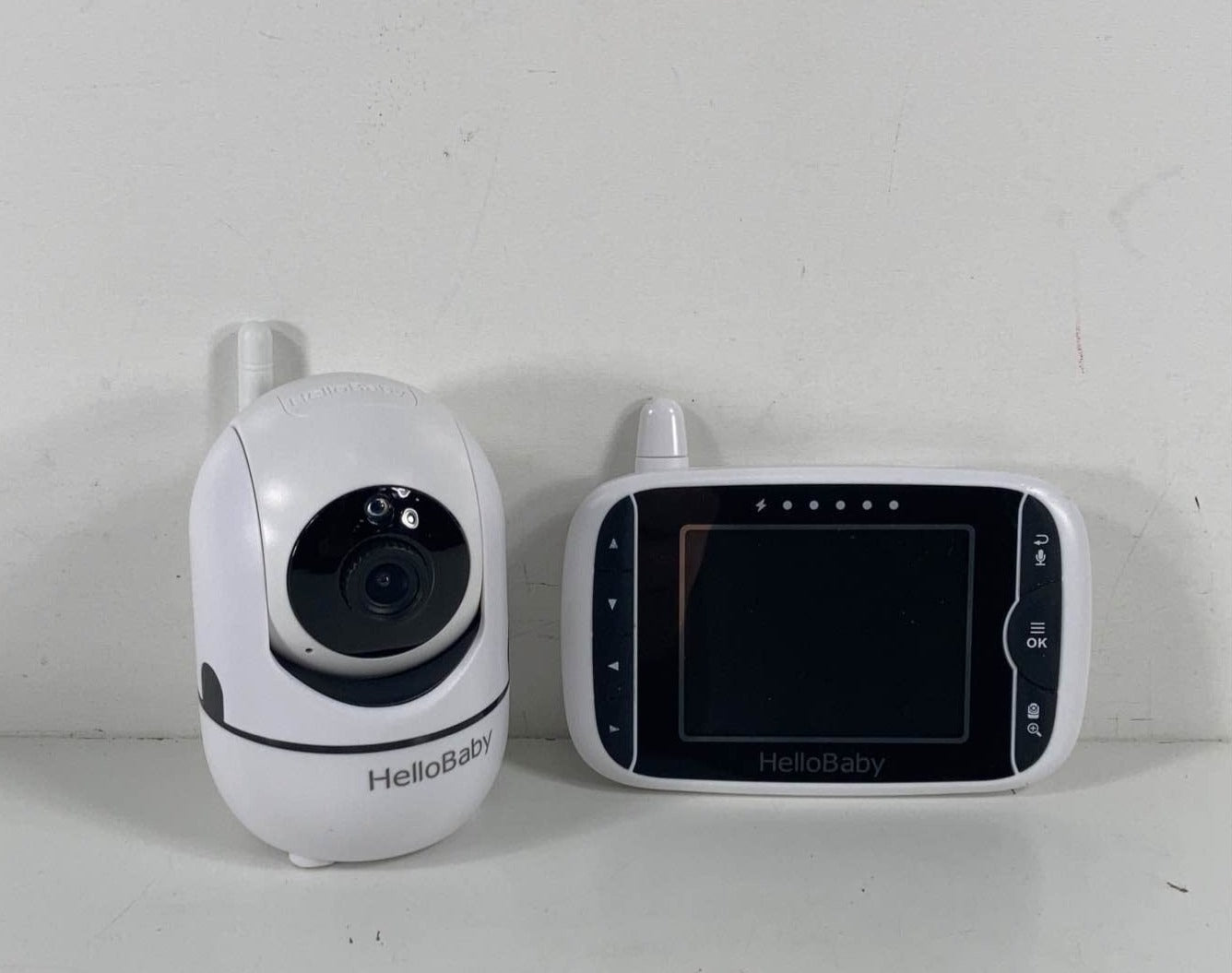
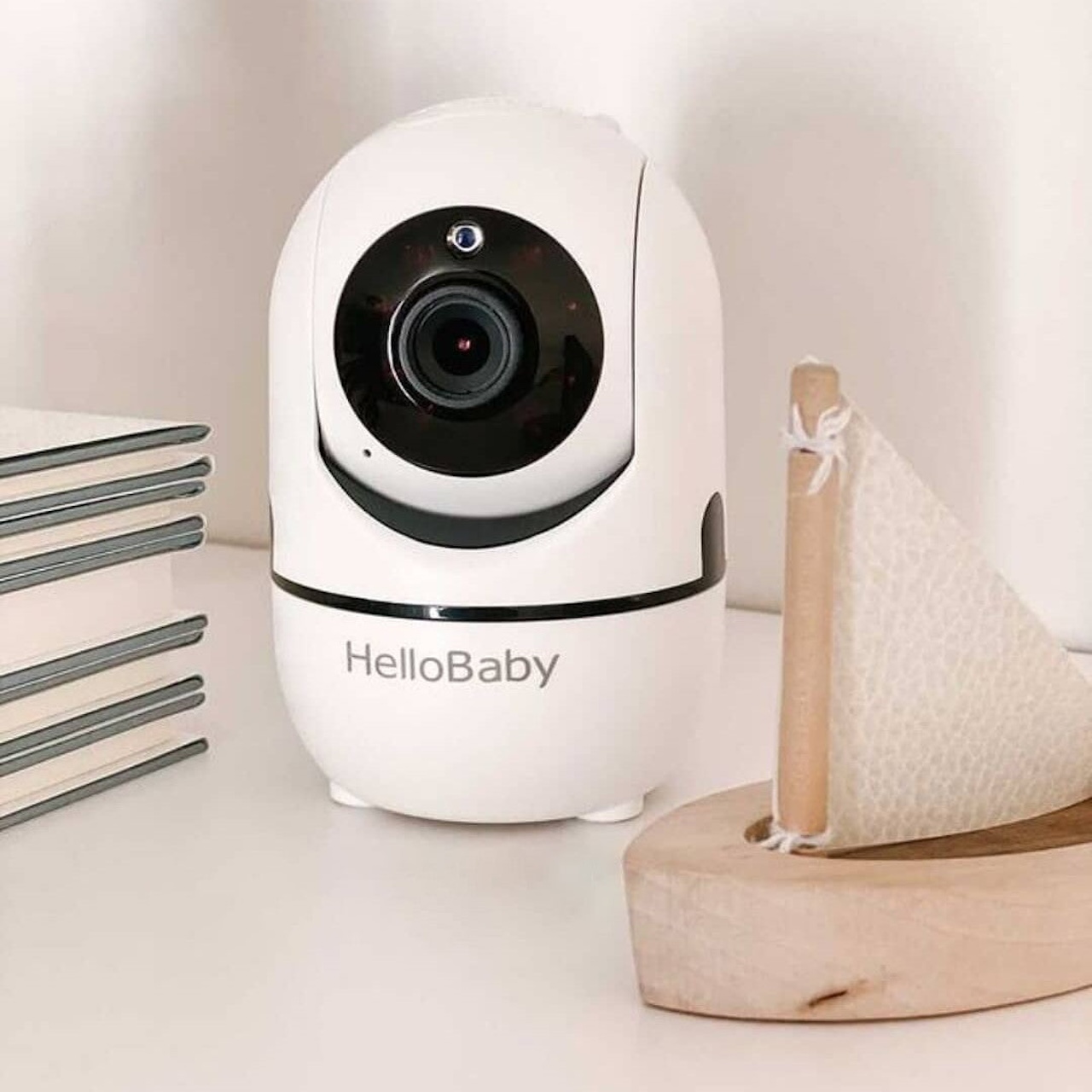
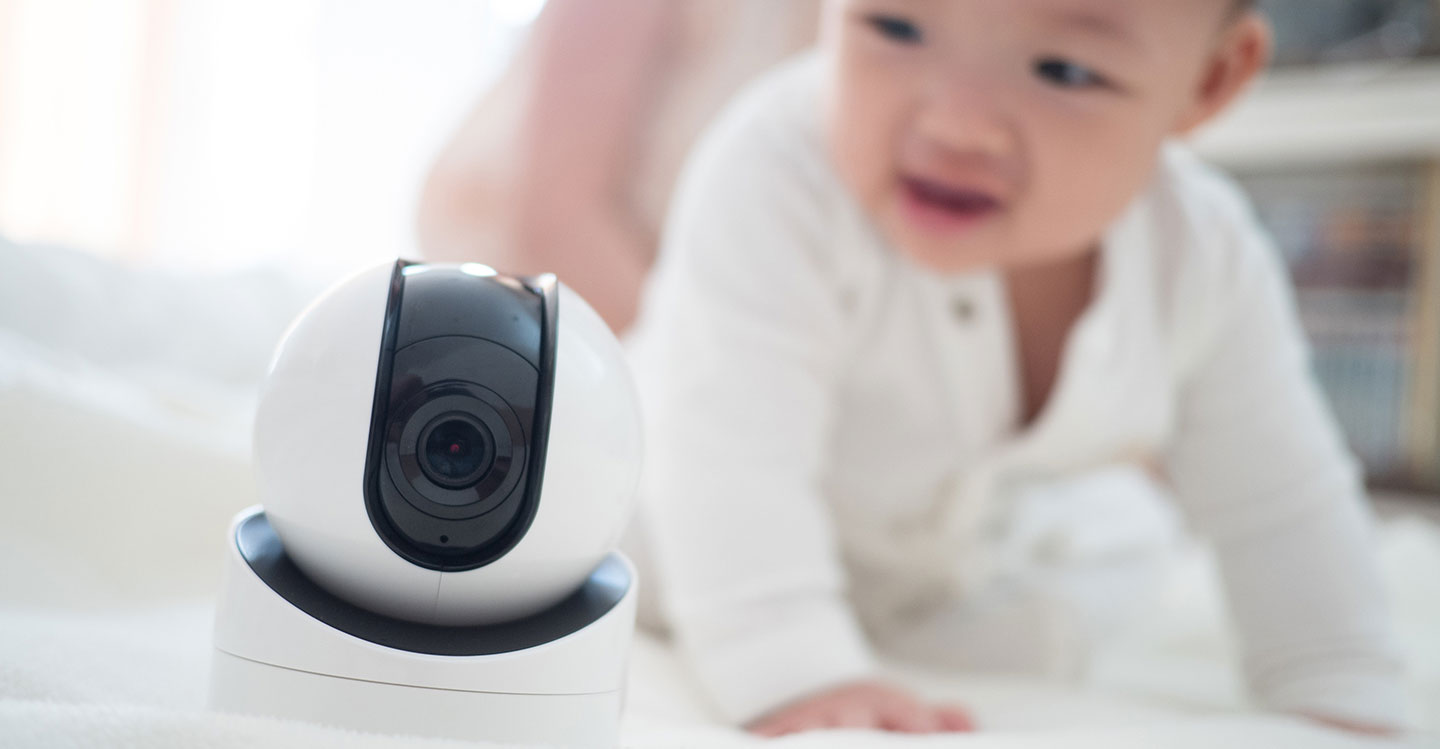
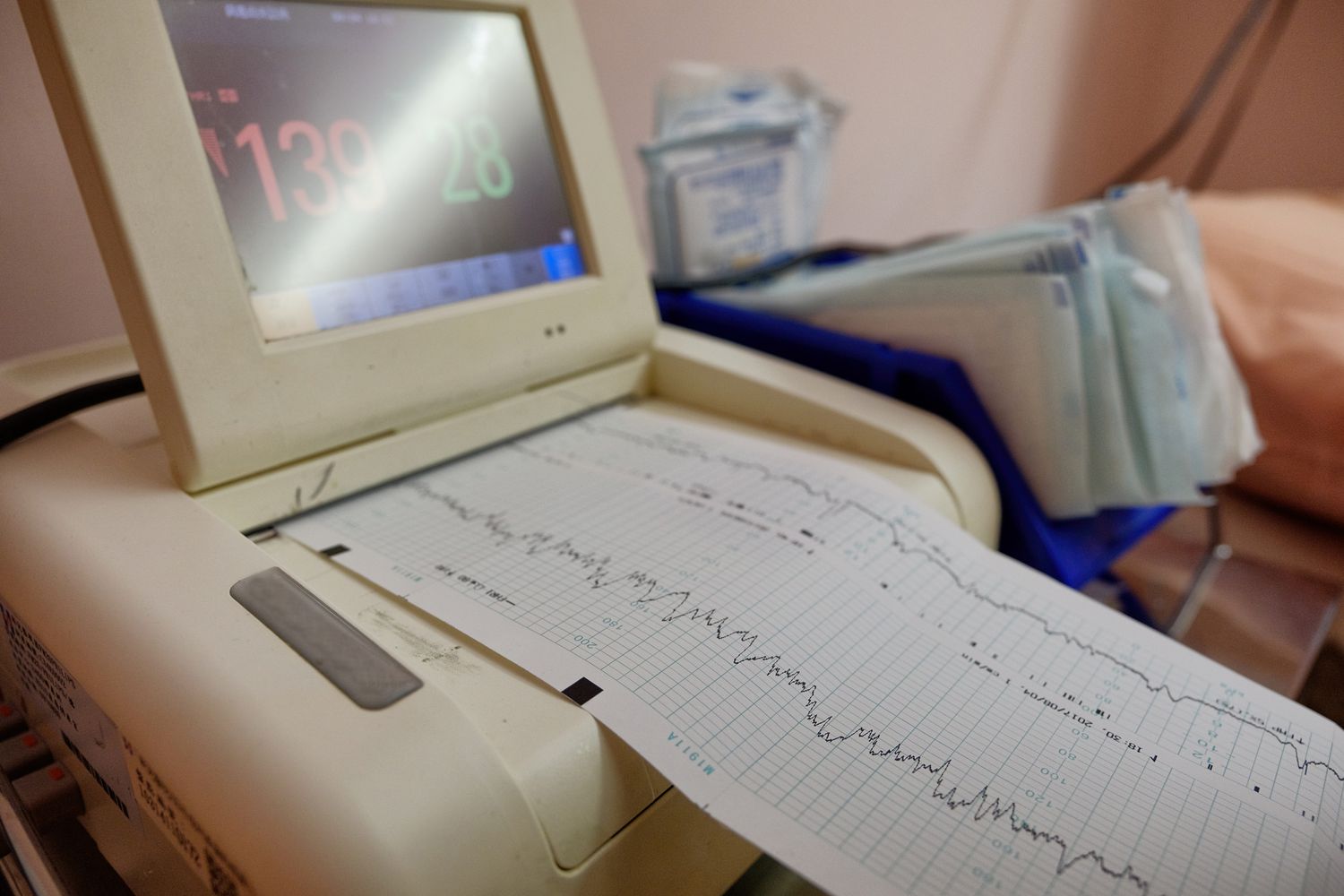
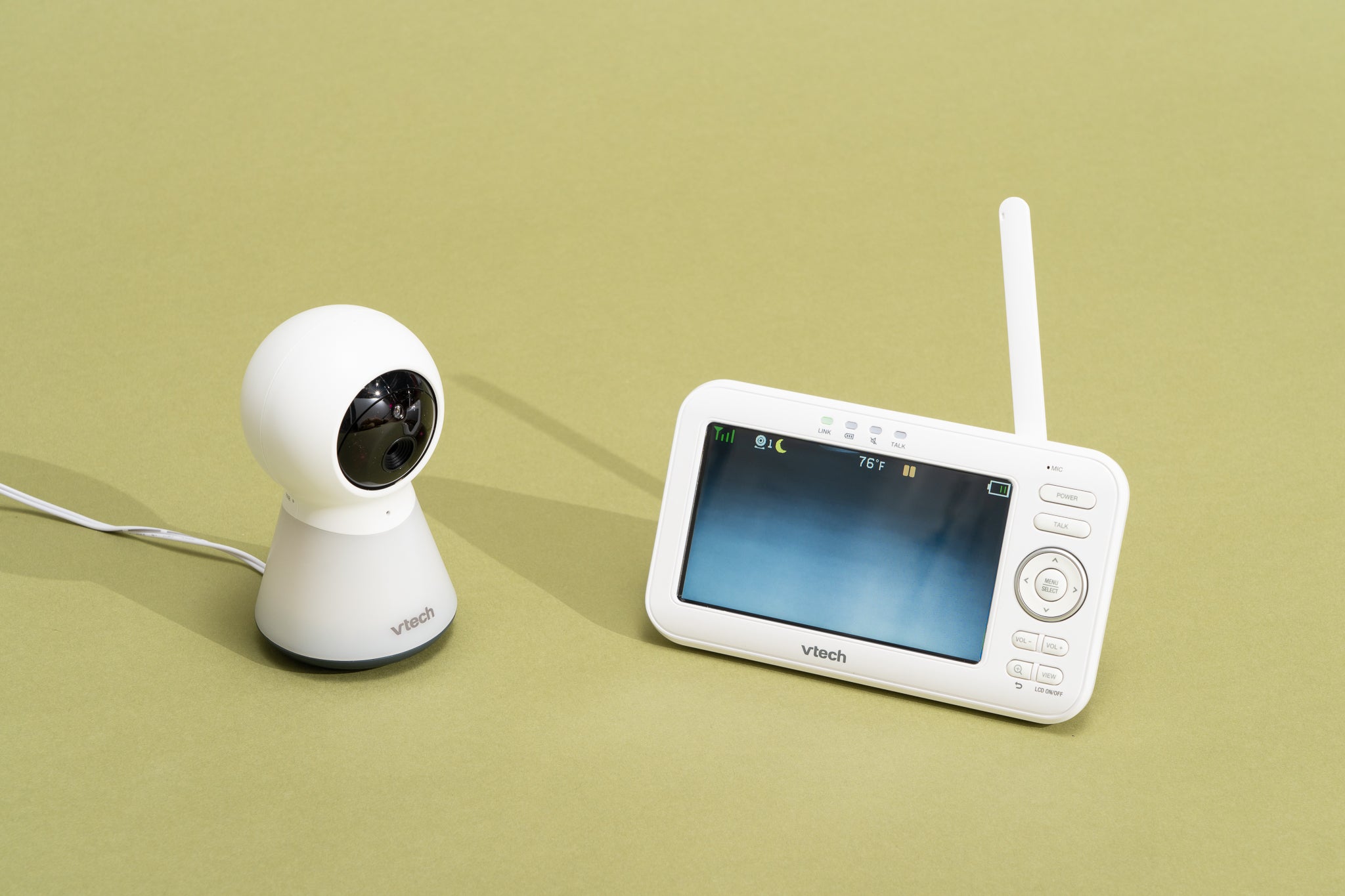
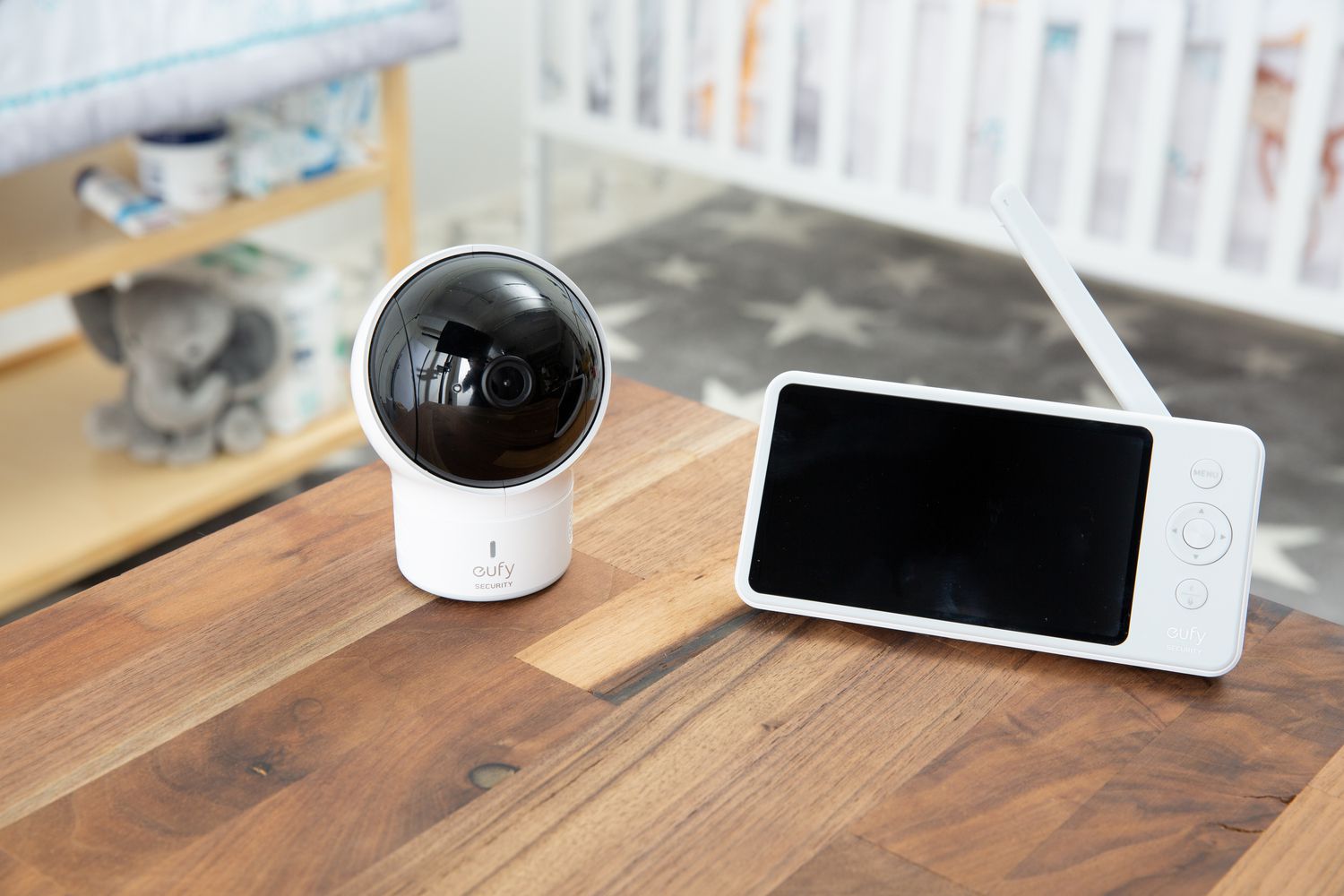
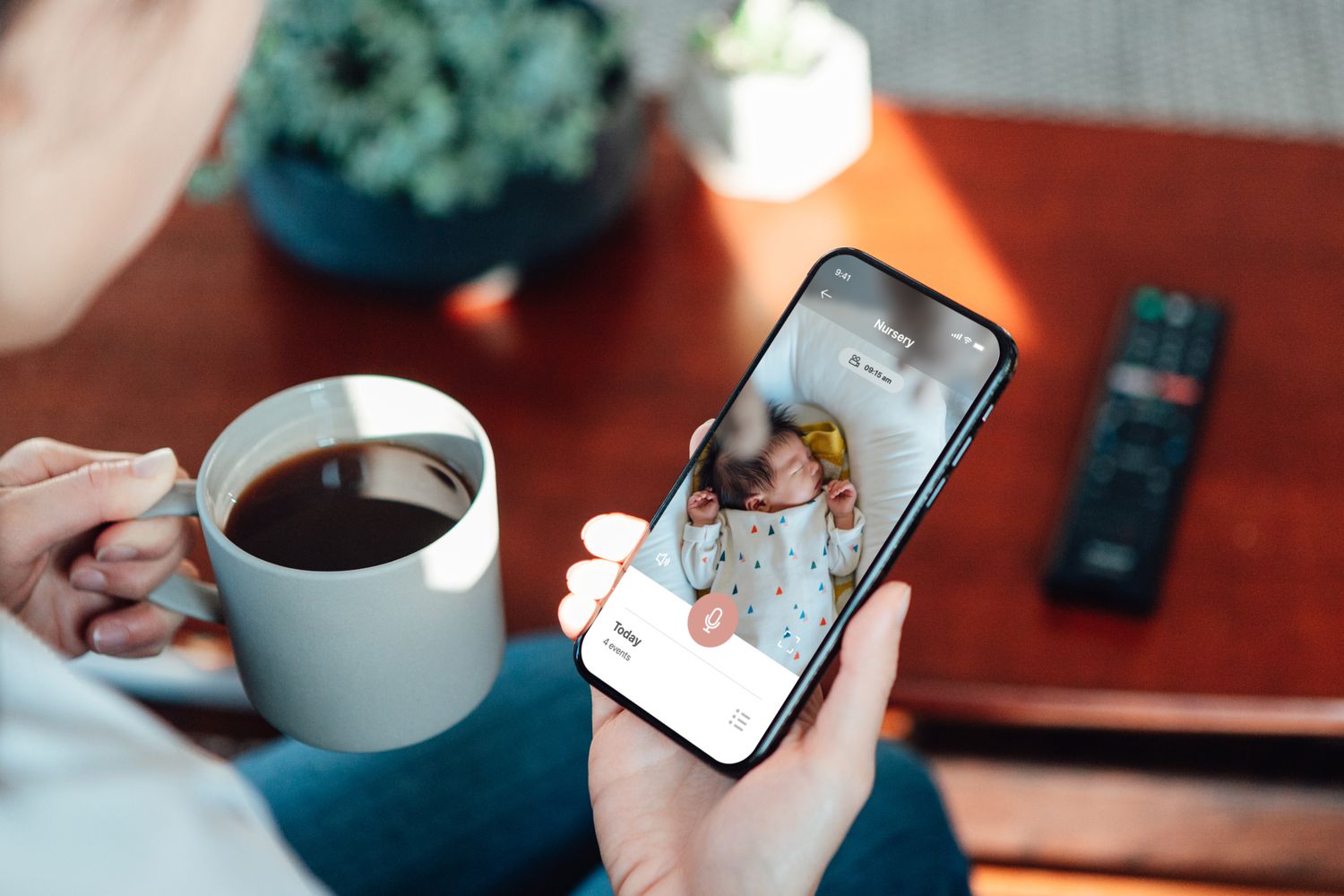
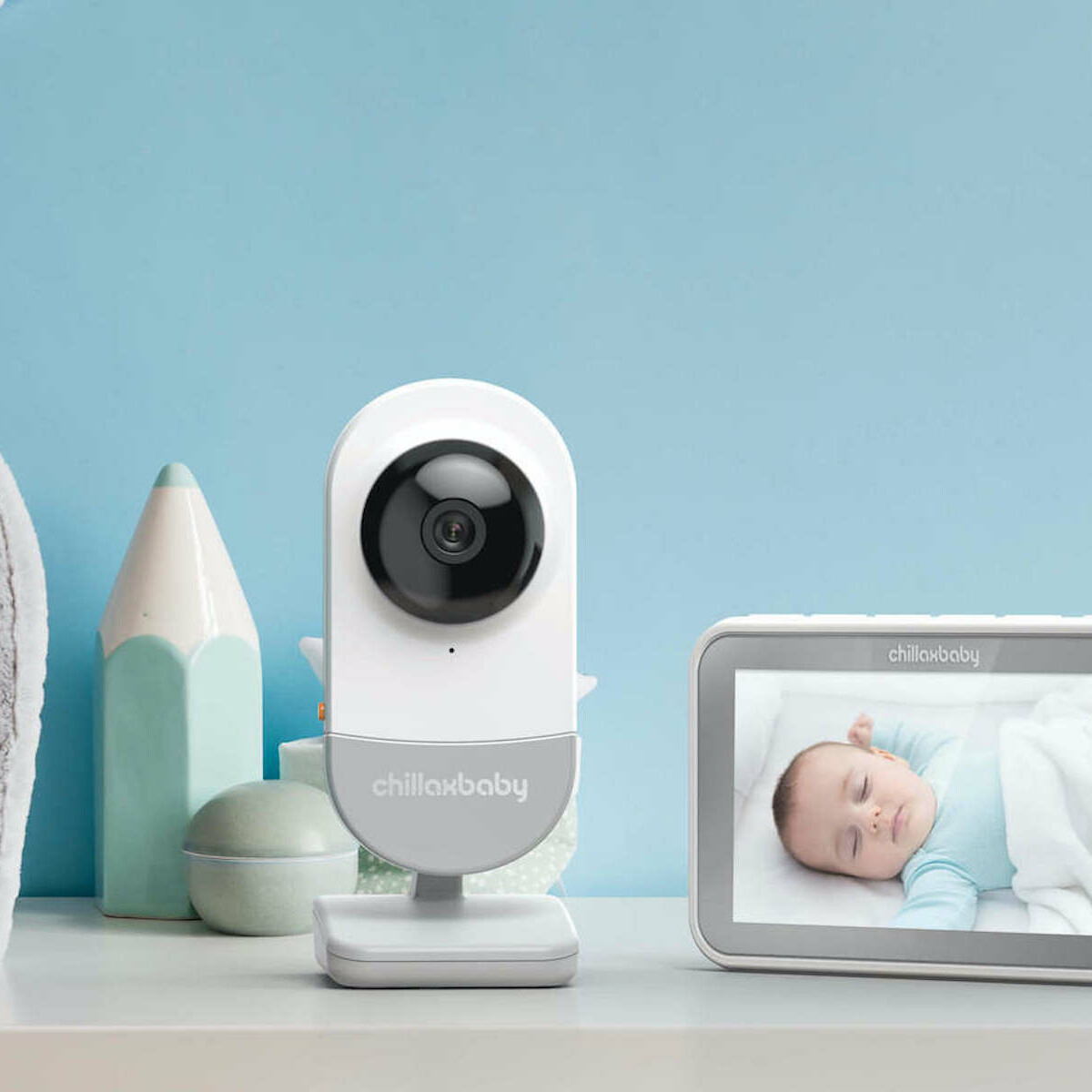
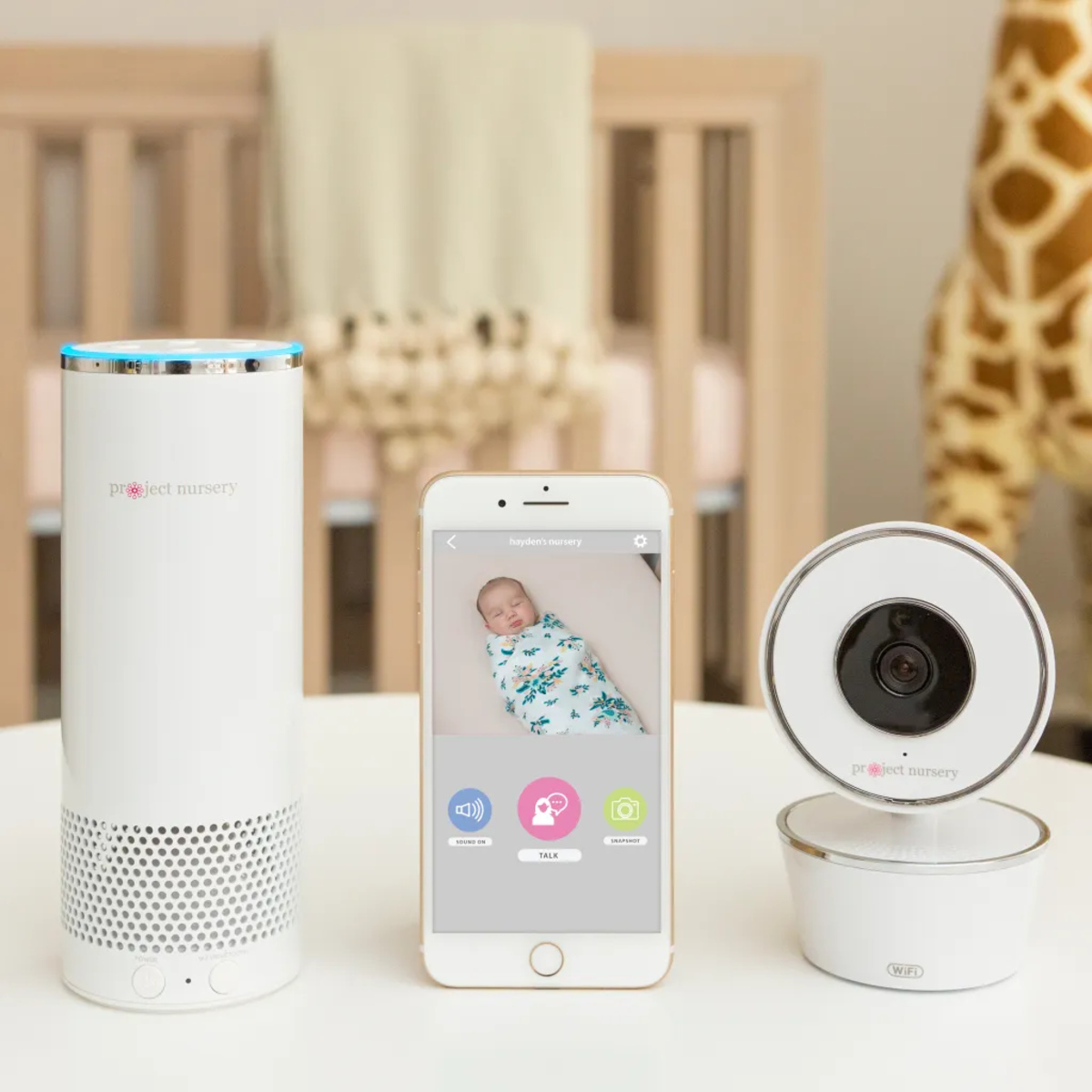
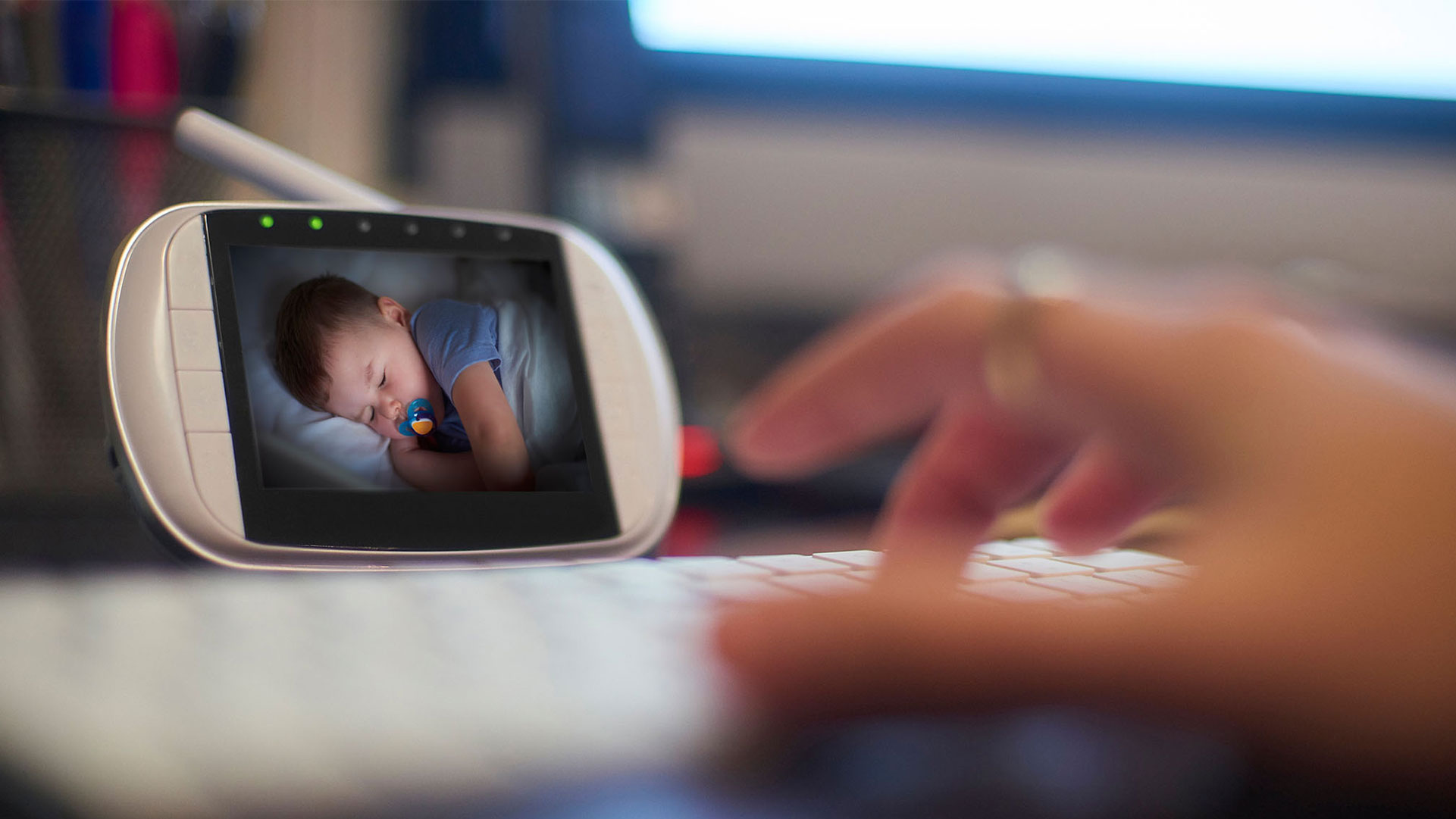
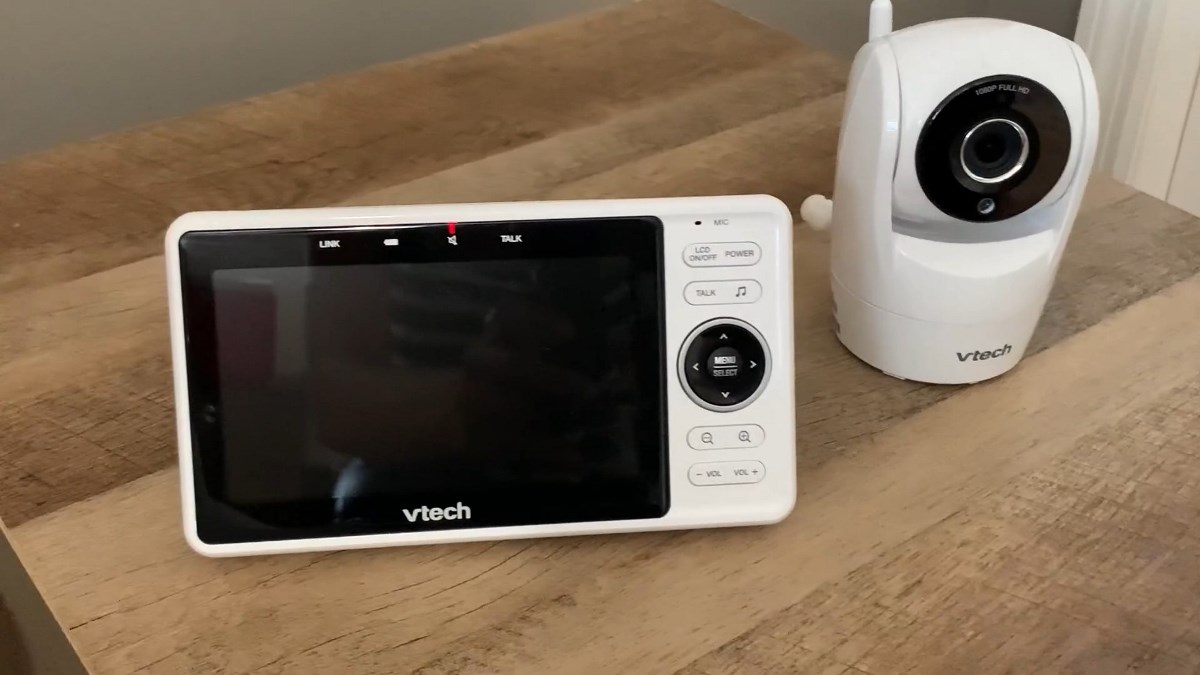
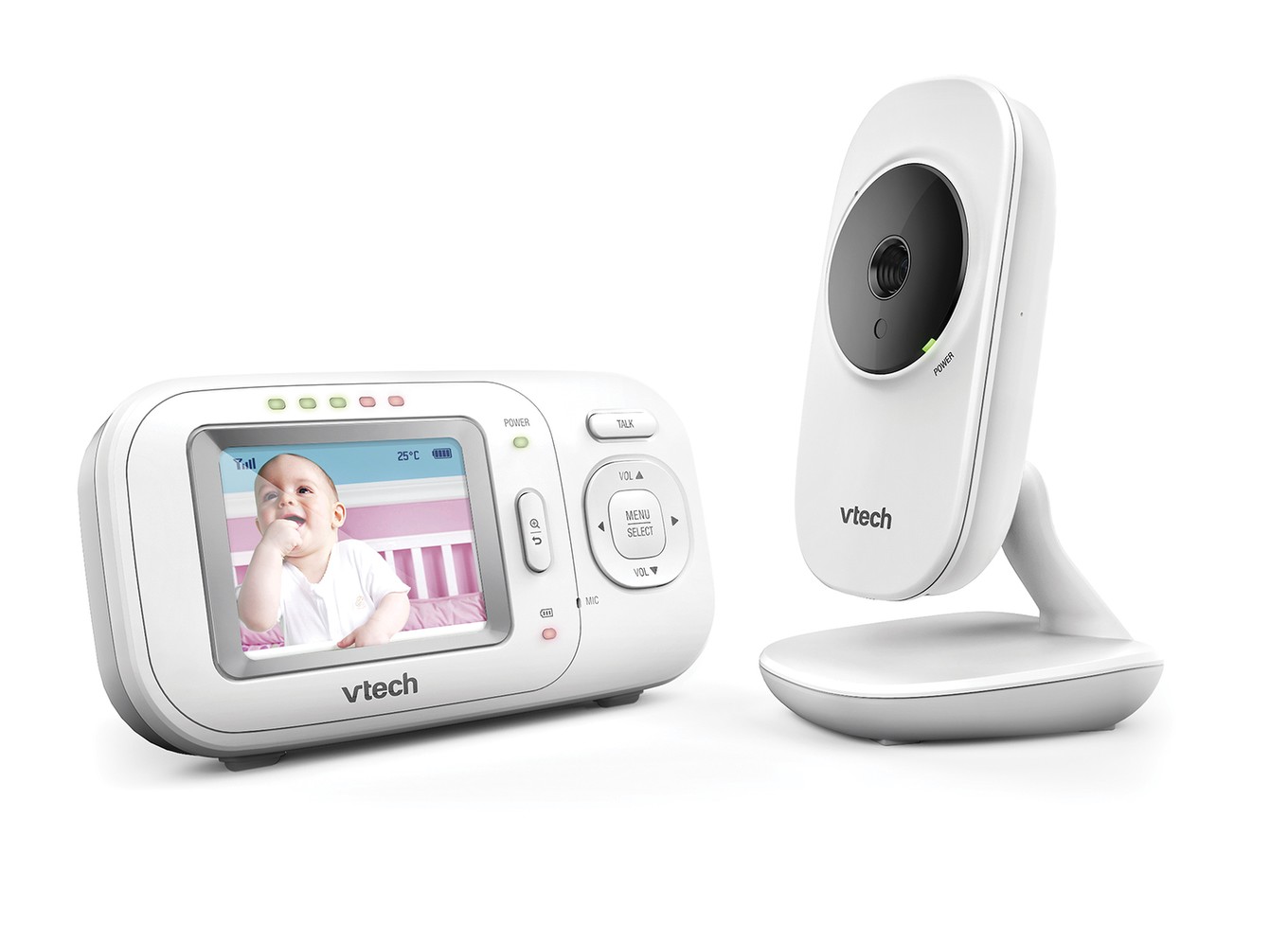
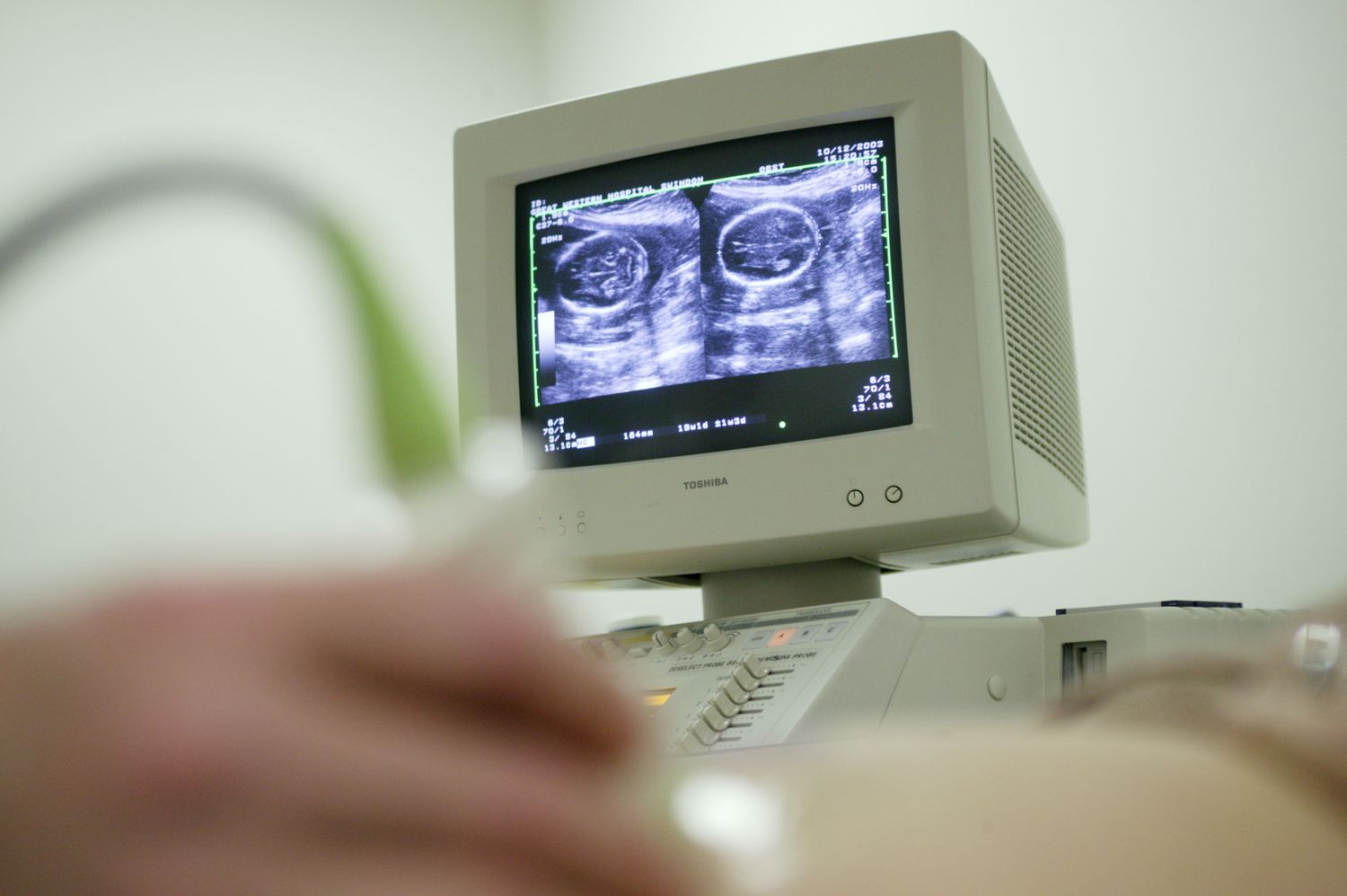

0 thoughts on “What To Look For In A Baby Monitor”